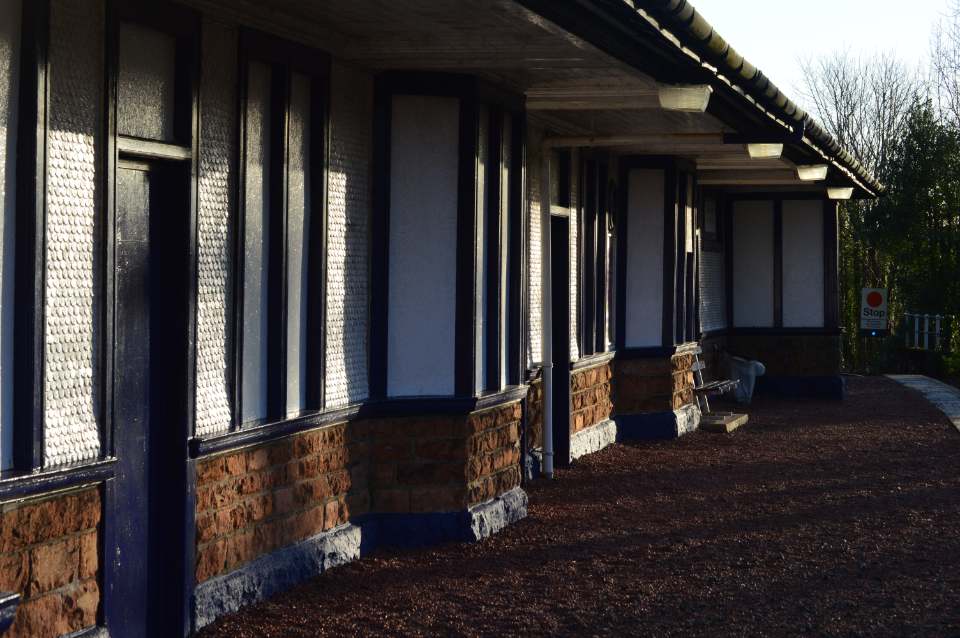Sky Patrol
THE STATION
Reopening the train station building
The train station building at Garelochhead is a category B listed building on the West Highland Line.
It has been empty for some years, but remains a viable project, and was the inspiration for our entire organisation. Kilmarnock Station Railway Heritage Trust chose Garelochhead as one of just three potential heritage buildings which were most suitable for regeneration.
It opened on 7th August 1894 and remains in use .
The Forces connection was particularly tangible during the Second World War; although Faslane (as Military Port No 1) had its own platform, Garelochhead saw a significant number of Royal Engineers from the nearby base, American troops stationed at Rosneath using the station, and Commandos en route to and from places like Achnacarry.

Slide title
Write your caption hereButton
Slide title
Write your caption hereButton
Challenge
We had our first visit to look around the station building in 2018, and were pleasantly surprised to find lots of original features still intact. Although in use only as storage for salt, the station was in good condition, and it buoyed our trustees to be able to envisage our plans.
We will use this space to post updates as we work our way through the development of the building work.
A brief history
Taken from
"One Hundred Years of Railway in Garelochhead"by
Alistair McIntyre
Following the successful passing of the West Highland Bill on 3rd July 1889, Garelochhead residents celebrated the coming of the railway with a bonfire and cannon fire from the hill opposite the station site, and their support for the construction workers on the line remained through the duration of the work.
As most stations on the line, Garelochhead was built in the Swiss Chalet design- even using imported Swiss shingles on its walls. Its green hued building, with red blaize platform stood proudly on the island between tracks, allowing trains to meet and pass on their journeys between Glasgow and Fort William.
North of Garelochhead, the Linn Burn, Whistlefield Hill and a ravine at Finnart all posed formidable engineering challenges, which were overcome by a deep cutting and two remarkable viaducts.
Steel lattice girders on whinstone piers (taken from Rhu) comprise the three span viaduct at Feorlinbreck, each side of the 103 foot main span bearing the mottos
"Labuntar Anni" and "Mortalia Facta Peribunt" respectively.
The passenger and freight trains using the line were steam powered until 1959, and , anticipating heavy commuter use, Garelochhead even had a train turntable provided.
A tablet safety system, semaphore signal system and telephone connections ensured the signalmen were aided in keeping the line safe and efficient.
In 1989, the Radio Electronic Tokenless Block system saw an end to the tablet issuing skills, and to the signalmen at Garelochhead, heralding the end of a once busy station family. With two clerks, two signalmen and a station master, the station had once been a welcoming sight for passengers, the grand floral displays brightening the exterior as much as the oil lamps and coal fires did for the interior.
During summer months, a "camping coach" was sited in the sidings, allowing holidaymakers to stay for a few days, with the magnificent view over the then bustling loch, before catching the train home again, along a line frequently voted as amongst the most scenic in the world.
Many thanks to Alistair for allowing us to use his in-depth research in our information; any inaccuracies are most likely in my abridgement, and not found in the original source booklet.















